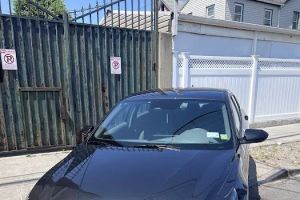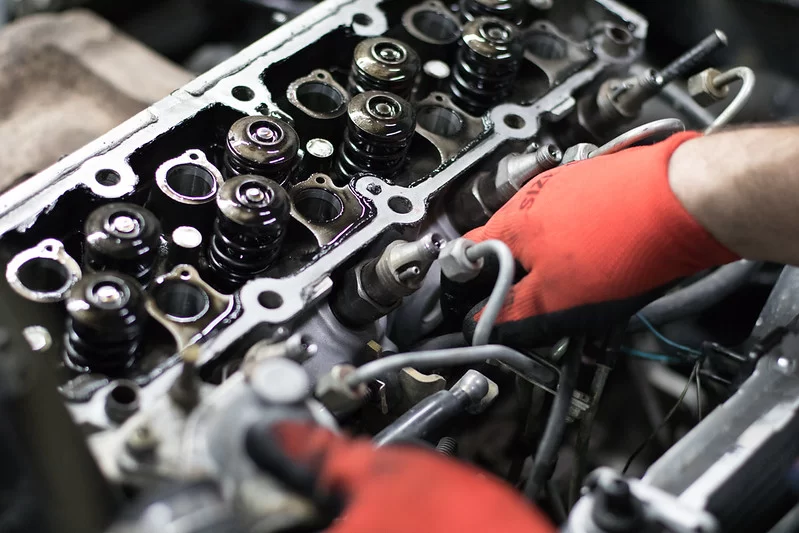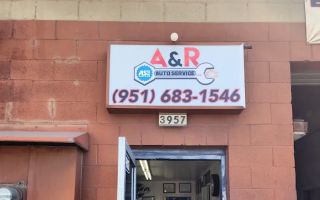Why Your Car’s Engine is Misfiring and How to Fix It
Have you ever experienced a rough ride while driving, where the car feels like it's stumbling or shaking? If so, you might be dealing with an engine misfire. This can be a frustrating experience, especially when you're not sure what's causing it or how to fix it. In this article, I’ll explain what an engine misfire is, the possible causes behind it, and most importantly, how to fix it. Let’s dive into the issue and get you back on the road smoothly!
- What is an Engine Misfire?
- Common Causes of Engine Misfires
- How to Diagnose and Fix an Engine Misfire
- When to Call for Professional Help
What is an Engine Misfire?
At its core, an engine misfire happens when one or more of your engine's cylinders fail to fire properly. This means that the air-fuel mixture in the cylinder doesn't combust as it should, resulting in power loss, rough idling, and even poor fuel efficiency. If you're experiencing jerky acceleration, hesitation when you press the gas pedal, or your engine suddenly stalls, these are all common signs that your car may be misfiring.

Junior Auto Body Solutions LLC
10409c Merrick Blvd, Jamaica, NY 11433, USA
Common Causes of Engine Misfires
There are many reasons why your engine might misfire, and diagnosing the exact cause can sometimes be tricky. However, here are some of the most common causes of engine misfires:
- Ignition System Problems: A misfire can often be traced back to issues with the ignition system. This includes faulty spark plugs, bad ignition coils, or worn-out wires. A misfire can occur when the spark plugs don't ignite the fuel-air mixture properly, or when the ignition coil isn’t generating enough voltage.
- Fuel System Issues: If the fuel injectors aren’t delivering the right amount of fuel to the cylinders, or if the fuel pump is failing, it can result in an engine misfire. A lean mixture (too much air, not enough fuel) or a rich mixture (too much fuel, not enough air) can also cause misfires.
- Vacuum Leaks: A vacuum leak can disrupt the air-fuel mixture and result in the engine misfiring. When air enters the engine outside of the normal intake system, it can create an imbalance that causes one or more cylinders to misfire.
- Dirty or Faulty Sensors: Modern vehicles rely on various sensors to manage fuel injection and air intake. A malfunctioning mass airflow sensor or oxygen sensor can confuse the engine’s computer, leading to a misfire.
- Compression Problems: If there are issues with the compression in the engine cylinders, such as worn-out piston rings or valve problems, it can prevent proper combustion, causing misfires. This is typically a more serious issue that requires immediate attention.
How to Diagnose and Fix an Engine Misfire
Diagnosing and fixing an engine misfire can be done at home with the right tools, but some issues may require a professional mechanic. Here’s how you can approach it:
- Step 1: Use an OBD-II Scanner: The first step in diagnosing an engine misfire is to check the car’s diagnostic codes using an OBD-II scanner. This tool will read the trouble codes stored in your car’s computer system and tell you exactly which cylinder is misfiring, and potentially, the cause.
- Step 2: Inspect the Spark Plugs: If your car’s computer has flagged a misfire in one of the cylinders, check the spark plugs. A dirty or worn-out spark plug can easily cause a misfire. If the plugs are dirty, you can clean them, but if they’re worn out, they should be replaced.
- Step 3: Check the Ignition Coils: Ignition coils are crucial for starting the combustion process. If the ignition coil is faulty, it will need to be replaced. A simple way to test this is by swapping the coil from the misfiring cylinder with one from another cylinder and see if the misfire moves.
- Step 4: Inspect Fuel Injectors: If the spark plugs and ignition coils are working fine, then the issue might be with the fuel injectors. Clean or replace any clogged or faulty fuel injectors. Sometimes, using a fuel injector cleaner can help resolve minor issues.
- Step 5: Check for Vacuum Leaks: A vacuum leak can throw off your engine's air-fuel ratio. To find a vacuum leak, listen for a hissing sound around the intake manifold or spray some soapy water around the intake area and look for bubbles indicating air escaping.
- Step 6: Test Engine Compression: If none of the above steps resolve the issue, you might have a problem with engine compression. This requires a compression test to measure if the engine’s cylinders are holding the proper pressure. Low compression in one or more cylinders may require an expensive repair such as replacing piston rings or valves.
When to Call for Professional Help
While it’s possible to troubleshoot and fix many engine misfire issues yourself, some problems require professional help. If you’ve gone through the steps above and the misfire persists, or if you suspect issues with compression or internal engine components, it’s time to call in a professional mechanic. Additionally, if you're not comfortable using an OBD-II scanner or performing tests on sensitive engine components, it’s best to have a professional handle the repair.
At times like these, you can rely on towing services to bring your vehicle to a repair shop. If you need towing assistance, you can count on Rescue & Towing for prompt and professional service.
Dealing with an engine misfire can be a stressful experience, but with the right knowledge and tools, you can diagnose and fix many common problems yourself. By following the steps outlined in this article, you can ensure your engine is firing properly and your car runs smoothly.



























